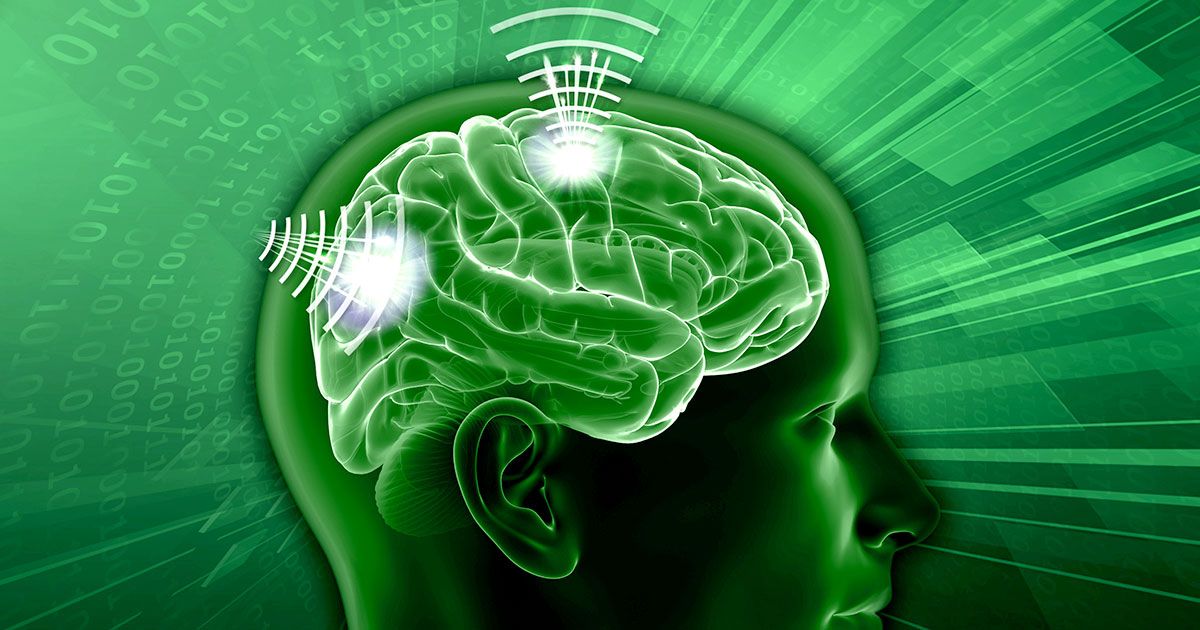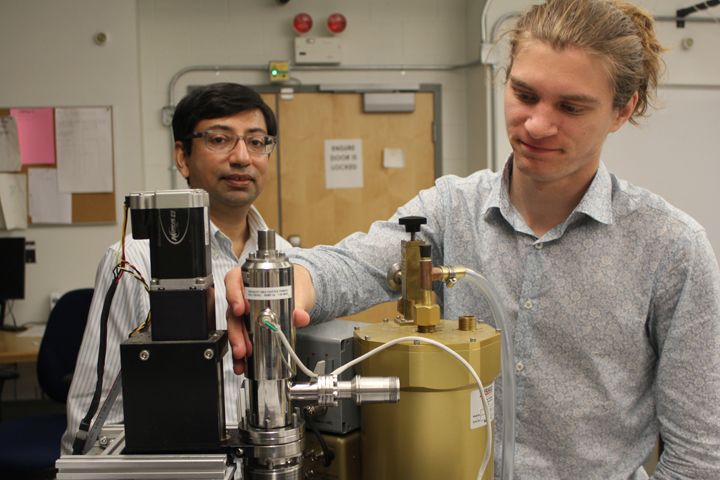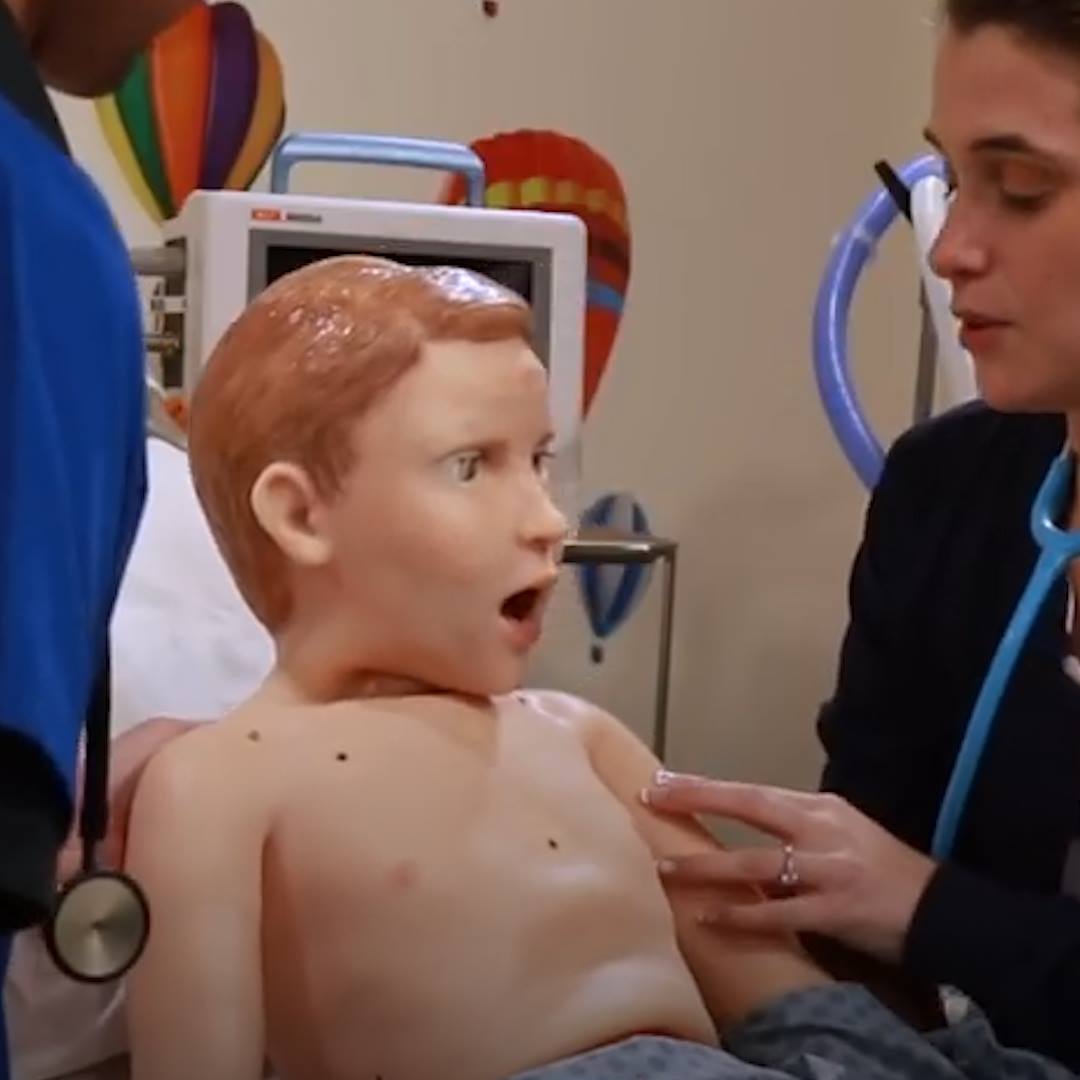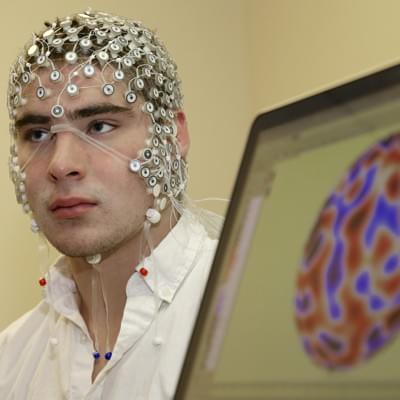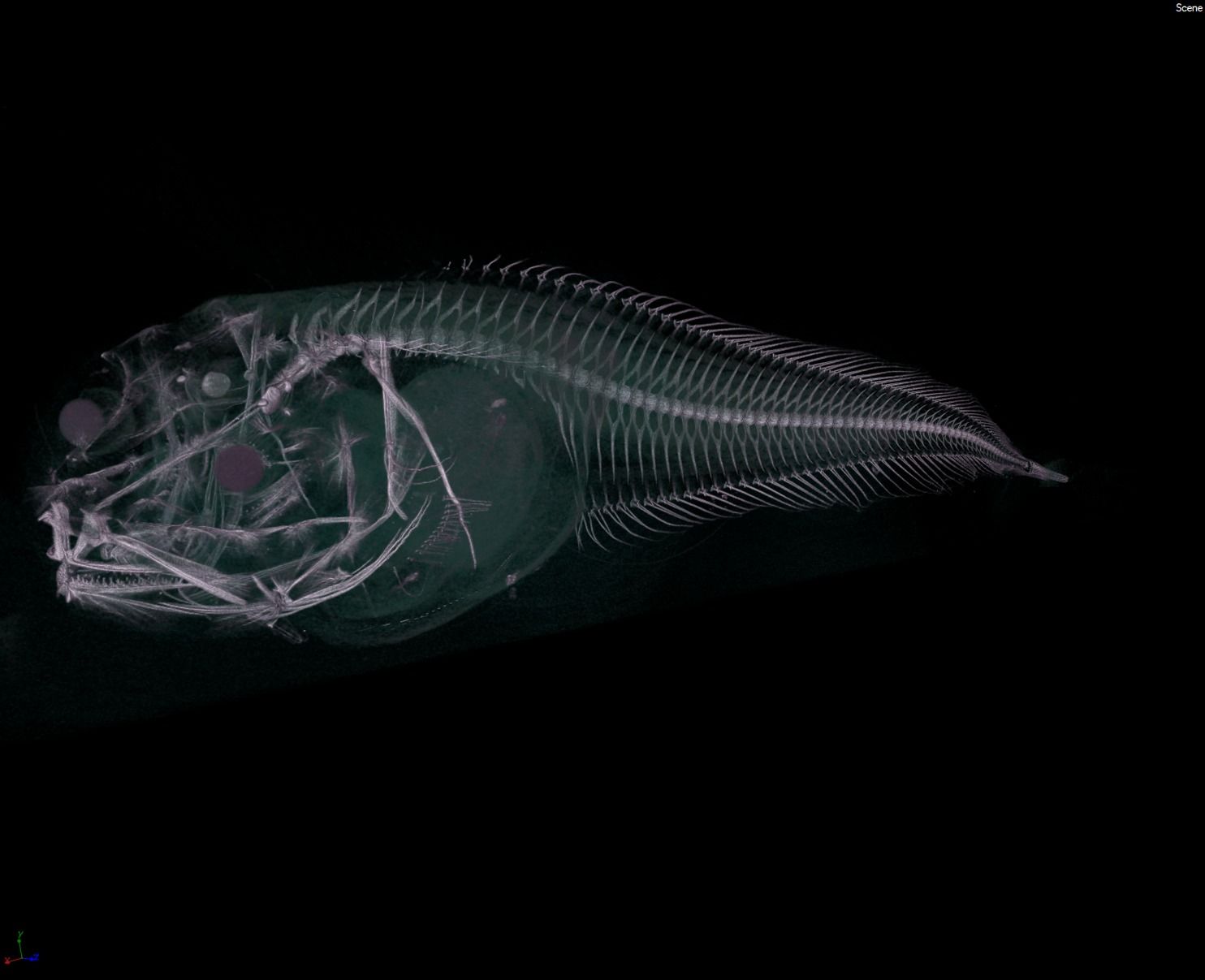Sep 13, 2018
Inside the ‘shadowy world’ of China’s fake science research black market
Posted by Derick Lee in categories: futurism, science
But Dr Oransky and colleagues are also calling for better peer review after research is published.
“We should reward people who come forward about problems in other people’s work, not in a punitive way, but actually looking at it and saying, ‘hey, that’s a problem, we should do something about it’, and give people the chance to correct the record,” he said.
In China, there’s a growing black market peddling fake research papers, fake peer reviews, and even entirely fake research results to anyone who will pay. Does the rise of fake and fraudulent science threaten the future of research?
Continue reading “Inside the ‘shadowy world’ of China’s fake science research black market” »


